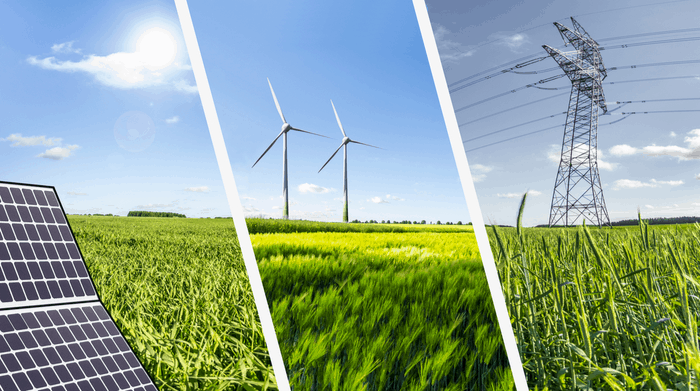The Australian Energy Market Operator (AEMO) has released an Integrated System Plan, providing a coordinated approach to incorporating new solar, wind and gas-fired generation, supported by energy storage, into the grid as existing coal-fired plants age and are retired.
The national plan, a key recommendation of the 2017 Finkel Review into the energy system, proposes timely investments in transmission and interconnector capacity so that electricity can better be shared across the National Electricity Market (NEM).
The Federal Government has said they are taking a technology-neutral approach to energy policy; and AEMO has confirmed the need to retain existing coal-fired generation as the cheapest current form of generation, finding that the continued operation of existing coal delivers the lowest cost outcome.
The Integrated System Plan endorses the Federal Government’s focus on storage, including through major investments such as Snowy 2.0 and the Tasmanian Battery of the Nation, and makes the case for a more integrated energy system as a means to harness these projects and deliver the best outcomes for consumers.
The report also lends strong support to the National Energy Guarantee, which AEMO says will provide enduring policy and investment certainty, resulting in efficient investment decisions as well as removing risk premiums on investment.
Hydro Tasmania welcomed the plan and its support for developing the Battery of the Nation initiative.
Battery of the Nation is one of two major existing energy storage proposals (along with the Snowy 2.0 project) identified in the ISP released by AEMO.
Hydro Tasmania’s Battery of the Nation Project Director, Chris Gwynne, said the business supports strategic national energy market planning, as the ISP seeks to provide.
“There’s major uncertainty and risk in the future NEM. As the ISP notes, the market needs credible options (like Battery of the Nation) ready to deploy when needed,” Mr Gwynne said.
AEMO supports the continued development of the Battery of the Nation initiative to ensure it can be made available to the market, when needed, with the shortest possible lead times.
“We’ll keep working with AEMO, TasNetworks and others to deliver the most reliable and affordable clean energy future for Australia,” Mr Gwynne said.
Clean Energy Council Chief Executive Kane Thornton said the move to a smarter and cleaner energy system is well underway, but needs to be well managed to keep costs down while continuing to deliver a resilient energy system.
“Appropriate strengthening of the energy network and transmission backbone will help to better access our world-class renewable resources and increase the resilience of the power grid,” Mr Thornton said.
“The AEMO report is unequivocal – over the medium and long term the lowest-cost option for a strong system is renewable energy, supported by large-scale energy storage such as pumped hydro and batteries, along with more rooftop solar and household batteries, and interconnection between states.
“The idea of renewable energy zones in areas of Queensland, New South Wales and beyond also makes sense. Building projects in clusters in areas where there is a fantastic sun or wind resource increases the efficiency of building new poles and wires to those areas to connect them to the rest of the energy system. These zones are starting to happen organically, and better planning is absolutely welcome.
Australian Energy Council’s (AEC) Chief Executive Sarah McNamara welcomed the blueprint’s phased approach.
“AEMO has proposed a step-by-step approach to a progressively more integrated system over time.
“The plan has assessed the need for new interconnectors and transmission lines as part of the broader shift in the generation mix, in line with the Finkel Review.“To manage a smooth transition as a significant number of older coal-fired plants retire, new generation and transmission investment will be required,” Ms McNamara said.
Energy Networks Australia Acting CEO, Tamatha Smith, said the plan was an important first step towards ensuring any investment in new generation delivered maximum benefit to customers through a more resilient grid and more competitive wholesale markets.
“Renewable generation won’t necessarily be built where the existing coal generators are, so the reality is that new transmission network infrastructure will be needed over coming decades,” she said.
“Around the world, the logical response to growing levels of intermittent (renewable) generation is to have a more connected system.
“However, without coordination, we risk ad hoc network investment, which is inefficient and would ultimately cost customers more.
“A priority for network businesses is to ensure we achieve balance – we don’t want to risk over investment, but doing nothing and responding to individual generation connection requests isn’t going to be the cheapest option for customers.”
















